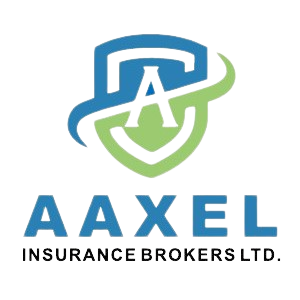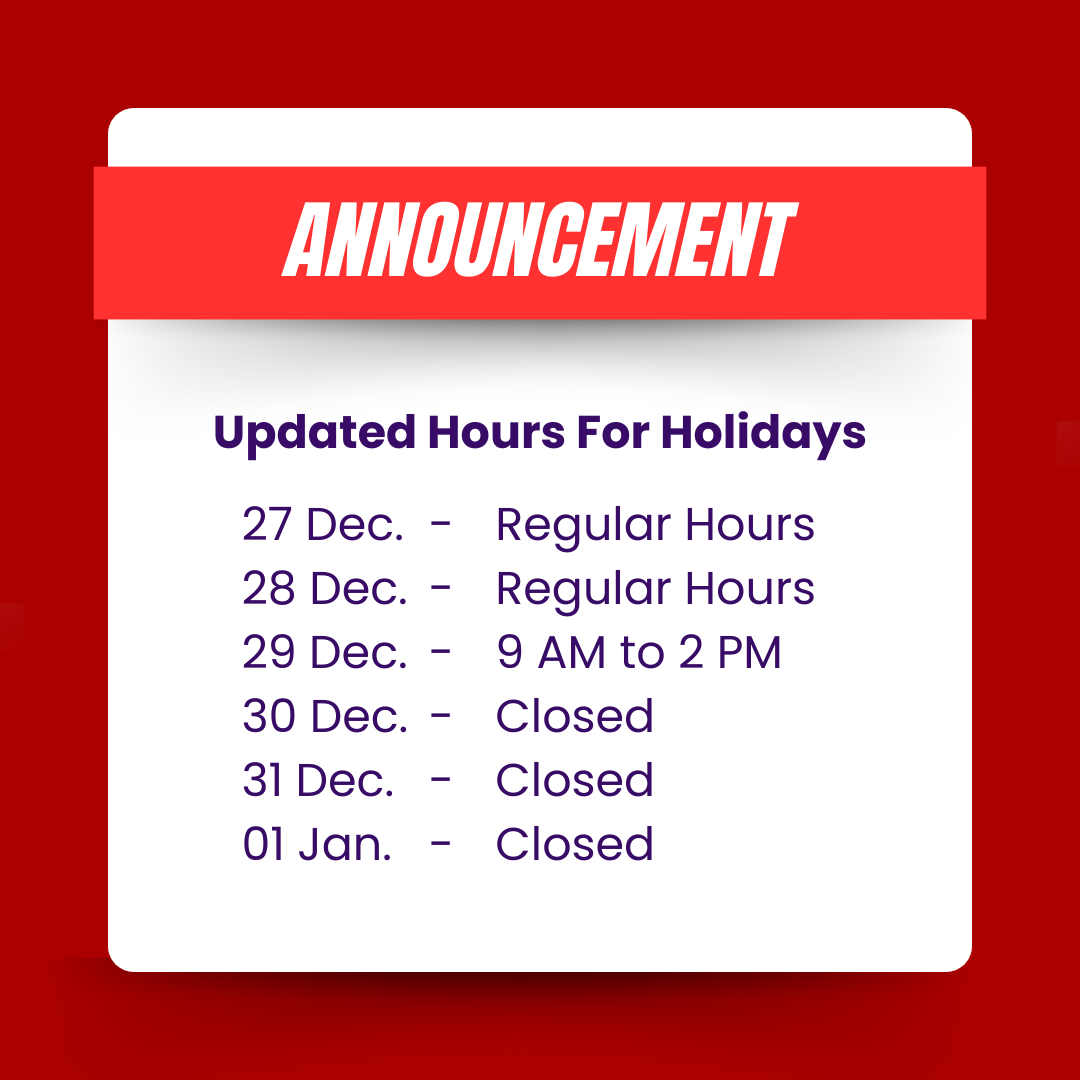When leasing a car, many drivers focus primarily on monthly payments, the car model, and maintenance schedules, often overlooking an essential layer of protection: gap insurance. If you’re in an accident and your leased car is totaled, gap insurance becomes critical. Standard auto insurance policies may only cover the vehicle’s current value, which could be much lower than the amount you owe on the lease. Aaxel Insurance offers excellent gap insurance options to safeguard your investment, making sure you’re not left with a financial burden if your vehicle suffers severe damage.
This guide explains in detail how gap insurance works when leasing a car, why it’s crucial for leased vehicles, and why Aaxel Insurance stands out as a reliable provider. We’ll discuss various aspects of gap insurance, common scenarios it covers, and FAQs to help clarify any remaining doubts.
Understanding Gap Insurance: What Is It and Why Is It Important?
Gap insurance (Guaranteed Asset Protection) is designed to cover the difference between the amount owed on your lease and the vehicle’s actual market value at the time of a total loss incident. Car depreciation can lead to significant gaps between the car’s insured value and what’s owed on it, especially in the early stages of a lease. A traditional insurance policy may only pay for the car’s market value, not the remaining lease balance. Here’s where gap insurance comes in to save you from out-of-pocket costs.
Key benefits of gap insurance:
- Protects against negative equity.
- Provides peace of mind by covering the lease balance after an accident.
- Essential for new cars with high depreciation rates.
By choosing a reputable provider like Aaxel Insurance, you gain access to reliable gap coverage that ensures you’re fully protected in the event of a total loss.
How Does Gap Insurance Work for Leased Cars?
When leasing a car, it’s vital to understand how gap insurance works because the structure of a lease agreement differs significantly from a car loan. In a lease, you’re essentially renting the vehicle with a set payment schedule and terms. If your leased car is totaled or stolen, your standard insurance will likely cover the car’s market value. But what if that value doesn’t fully pay off the remaining lease balance?
Here’s a breakdown of how gap insurance works:
- Vehicle Depreciation: New cars lose a large portion of their value within the first year. Gap insurance accounts for this depreciation by covering the “gap” between your car’s depreciated value and the remaining balance on your lease.
- Insurance Payout Limitations: Standard auto insurance pays only up to the car’s current value, not what you owe on the lease. Gap insurance bridges this shortfall.
- Lease Contract Terms: Gap insurance is often mandatory when leasing to prevent drivers from being financially responsible for the remaining balance after a total loss.
Without gap insurance, you might have to continue making payments on a car you can no longer drive. Aaxel Insurance can help you avoid this scenario with comprehensive gap coverage that protects you financially in such situations.
Situations Where Gap Insurance Becomes Vital for Leased Cars
Gap insurance proves its worth in several specific situations. Below are examples of scenarios where gap insurance is essential:
- Accidents and Total Loss: A significant collision could leave your car damaged beyond repair. In this case, gap insurance would cover the difference between the remaining lease balance and the insurance settlement.
- Theft of Your Leased Car: If your leased car is stolen and not recovered, gap insurance will step in to pay off the remaining lease, saving you from out-of-pocket costs.
- High Depreciation Rate Vehicles: Certain car models depreciate faster, which increases the likelihood of a gap between insurance payouts and the lease balance. Gap insurance safeguards against this depreciation.
In each of these cases, gap insurance offers financial relief, ensuring you don’t continue to pay for a vehicle you no longer have.
Key Components of a Gap Insurance Policy
When choosing gap insurance for a leased vehicle, it’s helpful to understand the core components and features of a policy. Here’s what’s typically covered:
| Feature | Description |
|---|---|
| Negative Equity Coverage | Covers the difference between the remaining lease balance and market value. |
| Comprehensive & Collision | Required standard insurance types for gap insurance to be effective. |
| Single Payment Coverage | One-time premium payment, often at the lease signing. |
| Policy Term | Usually matches the length of your lease contract. |
Most gap insurance policies will require that you maintain both comprehensive and collision coverage on the leased vehicle. Aaxel Insurance offers flexibility in these policies, ensuring that they meet the needs of different lease terms and financial situations.
Why Choose Aaxel Insurance for Gap Insurance?
While many insurance providers offer gap insurance, Aaxel Insurance has a distinct advantage when it comes to protecting leased vehicles. Their coverage plans are designed specifically for leaseholders, with flexible options that allow drivers to select the best fit for their financial and personal circumstances.
Benefits of choosing Aaxel Insurance for gap coverage:
- Affordable premiums that can be customized to match lease terms.
- Comprehensive guidance from experienced agents to ensure you get the right coverage.
- Flexible policy terms that work well with varying lease periods and vehicle types.
- Reliable support in handling claims and payouts to avoid financial strain.
Aaxel’s customer-centric approach means that you’re supported every step of the way, from selecting coverage to filing claims if the need arises.
How to Decide if Gap Insurance Is Right for Your Lease
Gap insurance is recommended for most leased cars due to the unique structure of lease payments and the rapid depreciation of new vehicles. Here are a few questions to consider when deciding on gap insurance:
- Does your leased vehicle have a high depreciation rate? High-depreciation models benefit significantly from gap coverage.
- How much do you owe on your lease? If you owe a substantial amount, gap insurance is highly advisable.
- What is your driving frequency? Higher mileage can impact the car’s residual value, making gap insurance more beneficial.
Gap insurance provides an extra layer of protection that’s ideal for leaseholders, ensuring you don’t face financial surprises in case of an accident or theft.
Bullet Points Summary: Key Takeaways About Gap Insurance for Leasing
- Gap insurance covers the difference between the car’s market value and lease balance if the vehicle is totaled or stolen.
- Essential for leased vehicles with high depreciation rates.
- Helps avoid financial strain by covering out-of-pocket costs after a total loss.
- Aaxel Insurance offers tailored gap insurance policies that provide peace of mind for leaseholders.
Conclusion
Leasing a car comes with unique financial responsibilities, and gap insurance is essential for safeguarding your finances in case of an accident or theft. It covers the difference between the car’s depreciated value and the remaining lease balance, giving leaseholders peace of mind. Providers like Aaxel Insurance excel at offering customizable and affordable gap insurance solutions, making them an excellent choice for leaseholders.
Understanding how gap insurance works when leasing a car can save you from financial stress and help you make a well-informed decision. Protect your leased vehicle and avoid financial burdens by choosing gap insurance through Aaxel Insurance, where your needs and peace of mind come first.







